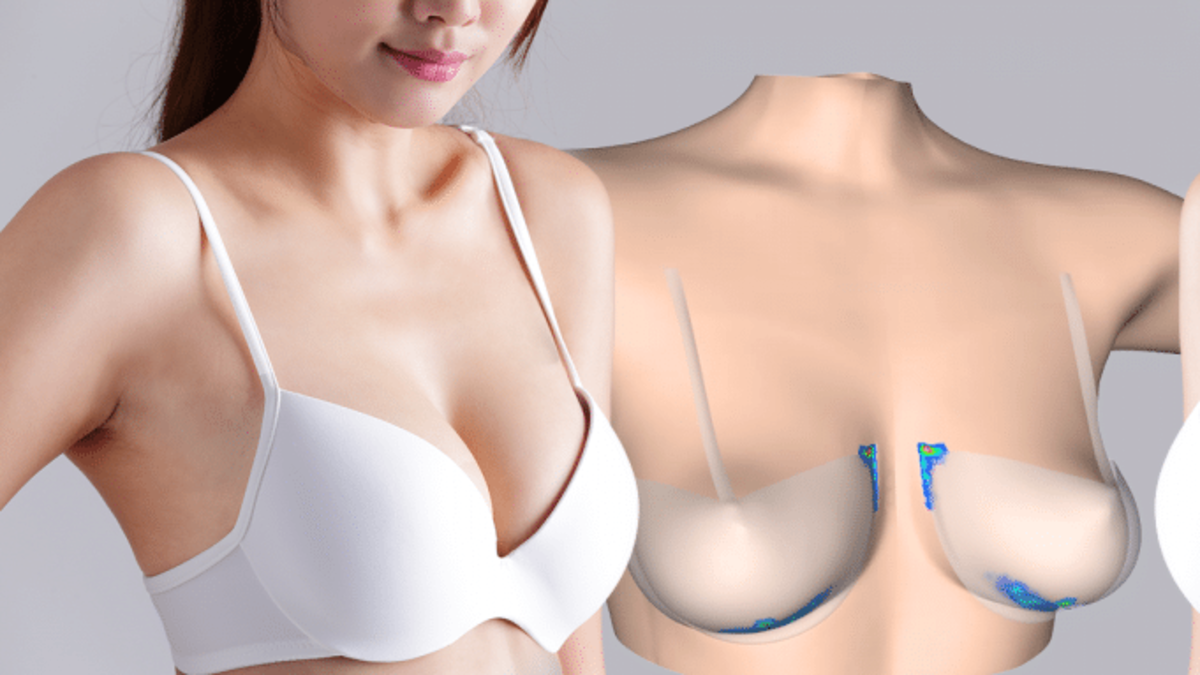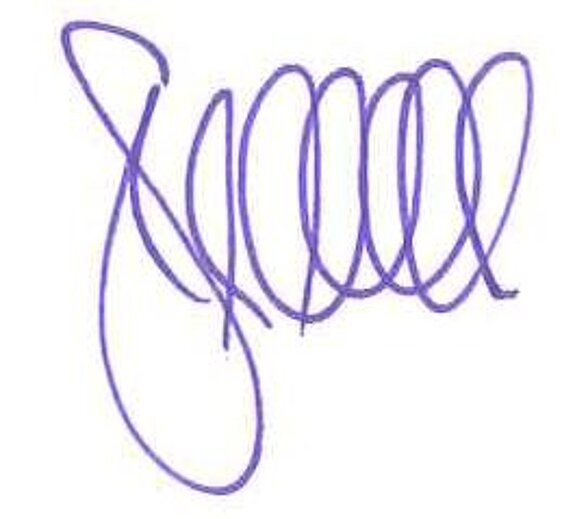From decubitus to almost naked facts - simulation in all life situations

A few weeks ago, I told you about pressure sores (bedsores) when nursing patients lie down. But it's not just old age that presses. I have been told that there can also be quite significant differences in the comfort of wearing a brassiere (bra for short).
I learned that the custom of covering and supporting breasts is already 4,500 years old and that there are a wide variety of bras available today.
In the following, we will deal from the numerical side with a modern-day variant, the so-called underwire bra.
Even if it is difficult thematically, let's let the technical expertise have its say.
The support and shaping of the bust in the new variants is provided by an underwire punched out of sheet metal, which is responsible for ensuring that the outward appearance of the wearer leaves nothing to be desired. Facing inwards, it should not cause any pain due to pressure points. In particular, it should not press under the armpit. It would be ideal if the woman does not feel the bra at all, while even during movement everything remains in perfect shape. In the language of the calculation engineer, this means that the load of the breast is absorbed as evenly as possible, as is the case with an elastic bedding. The contact pressure should be constant everywhere. The shape is a matter of taste, but can certainly be based on a waitress in a dirndl.
How can simulation help here?
Here, too, the experiment is to be carried out virtually, at least in the development phase of the bracket.
For this we need
- A torso with cup size B (scanned model, let's call her Monika)
- A bra model, also size B
- A suitable FEM simulation software, e.g. Abaqus
- A material model for fat tissue within the tolerance range (14 years to 70 years)
- An experienced calculation engineer with a sense for aesthetics
The first problem already occurs during scanning. Our test hull is a system that is prestressed under its own weight, and we do not know the boundary conditions (residual stresses). Scanning in weightless space is possible in principle, but exceeds the available budget of our customer somewhat at the present time of terrestrial development.
Therefore, an ingenious idea is to create weightlessness in a first load step, where the gravity vector is directed upwards. All stresses and deformations are now set to 0. And lo and behold, we have the stress-free FEM hull without the influence of the annoying gravity.
Now follows the assembly simulation (attaching the bra, pretensioning the straps).
In a further step, the actual loading by the downward gravitational vector now follows.
Pressure points can now be detected and optimized based on variant studies of the underwire. However, this is the less exciting part of the project, which I do not want to go into further.
What can we learn from the project?
Simulation can also help the apparel industry develop products faster and more efficiently. Fabrics, rubbers, inserts, foams - all of this can be controlled. Although the test with test wearers does have its attractions, it becomes tedious when new temples have to be constructed, lasered and subjectively evaluated every time the geometry is changed, based on the shape and mood of the test subjects, which depends on the day.
How much more convenient for the development engineer is the average contact pressure and the standard deviation along the temple line. Two values that his optimization algorithm understands and to which he can mindlessly optimize. For him, the number of webs, width, angle and length are also only parameters for which an optimum must be found.
Where is the shoe pinching you?
Is the jacket too tight (I know this far too well, unfortunately)? Maybe it will be a few years before you can try on your tailored suit on your virtual twin via the Internet. But we are not that far away from that.
If you have any ideas on how to shamelessly exploit our know-how for your tasks as well, please get in touch with us. We are looking forward to your request.
Your Stefan Merkle
